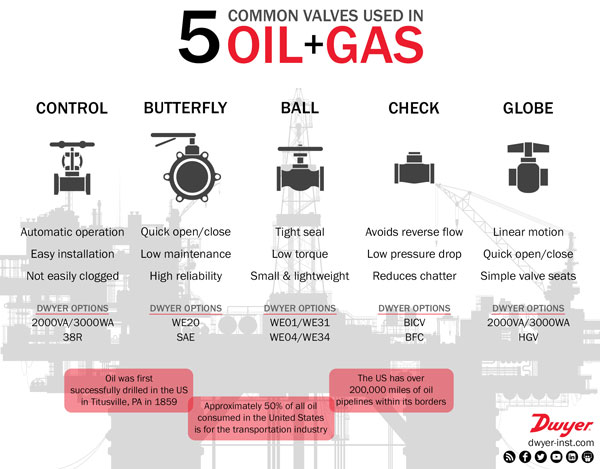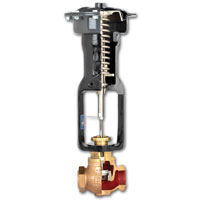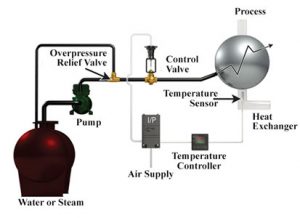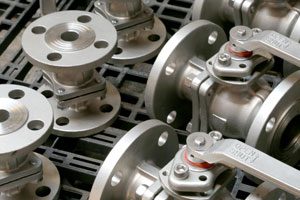 Valves are used to handle a wide variety of functions in controlling the flow of liquids and gases. With so many options available, it’s important to look at all of the factors to ensure you are selecting the correct valve for your application.
Valves are used to handle a wide variety of functions in controlling the flow of liquids and gases. With so many options available, it’s important to look at all of the factors to ensure you are selecting the correct valve for your application.
Continue reading “5 Factors to Consider When Choosing a Valve”

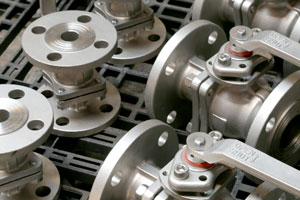
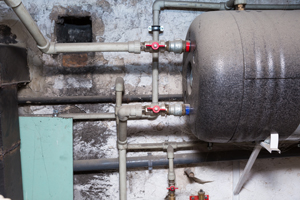
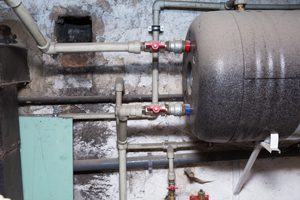 I often get asked, how should one simplify the hydronic balancing process? Since system blueprints will specify exactly where to set the balancing valves on the hydronic system to achieve proportional flow, it may seem simple enough for an installing contractor to determine the pressure drop through each circuit; however, hydronic systems are rarely installed exactly as designed.
I often get asked, how should one simplify the hydronic balancing process? Since system blueprints will specify exactly where to set the balancing valves on the hydronic system to achieve proportional flow, it may seem simple enough for an installing contractor to determine the pressure drop through each circuit; however, hydronic systems are rarely installed exactly as designed. 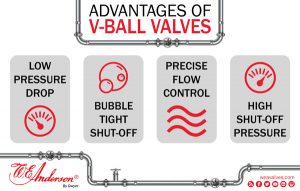
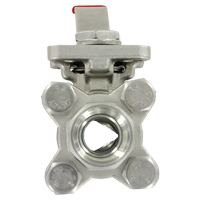 Ball valves are designed to be used in a variety of applications and markets, but a V-port ball valve offers the added ability to be used as a control valve where necessary. The main differentiator is a contoured V-port in the ball, most commonly available with a 15°, 30°, 45°, 60°, or 90° angle, which produces an equal percentage flow characteristic for better control. V-ball valves are known to offer a variety of advantages in flow control applications, especially when compared to larger and more expensive control valves.
Ball valves are designed to be used in a variety of applications and markets, but a V-port ball valve offers the added ability to be used as a control valve where necessary. The main differentiator is a contoured V-port in the ball, most commonly available with a 15°, 30°, 45°, 60°, or 90° angle, which produces an equal percentage flow characteristic for better control. V-ball valves are known to offer a variety of advantages in flow control applications, especially when compared to larger and more expensive control valves. 
